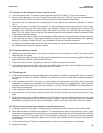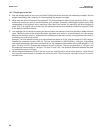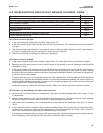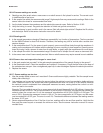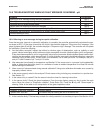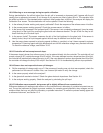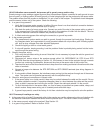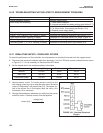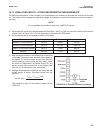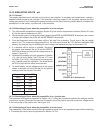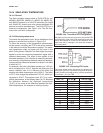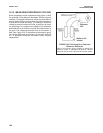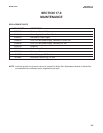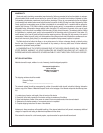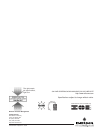
106
MODEL 54eA SECTION 16.0
TROUBLESHOOTING
16.15 MEASURING REFERENCE VOLTAGE
Some processes contain substances that poison or shift
the potential of the reference electrode. Sulfide is a good
example. Prolonged exposure to sulfide converts the ref-
erence electrode from a silver/silver chloride electrode to
a silver/silver sulfide electrode. The change in reference
voltage is several hundred millivolts. A good way to check
for poisoning is to compare the voltage of the reference
electrode with a silver/silver chloride electrode known to
be good. The reference electrode from a new sensor is
best. See Figure 16-6. If the reference electrode is good,
the voltage difference should be no more than about 20
mV. A poisoned reference electrode usually requires
replacement.
FIGURE 16-6. Checking for a Poisoned
Reference Electrode.
Refer to the sensor wiring diagram to identify the
reference leads. A laboratory silver/silver chloride
electrode can be used in place of the second sensor.



